Home>Garden Essentials>How Many Lbs Of Grass Seed Per Acre
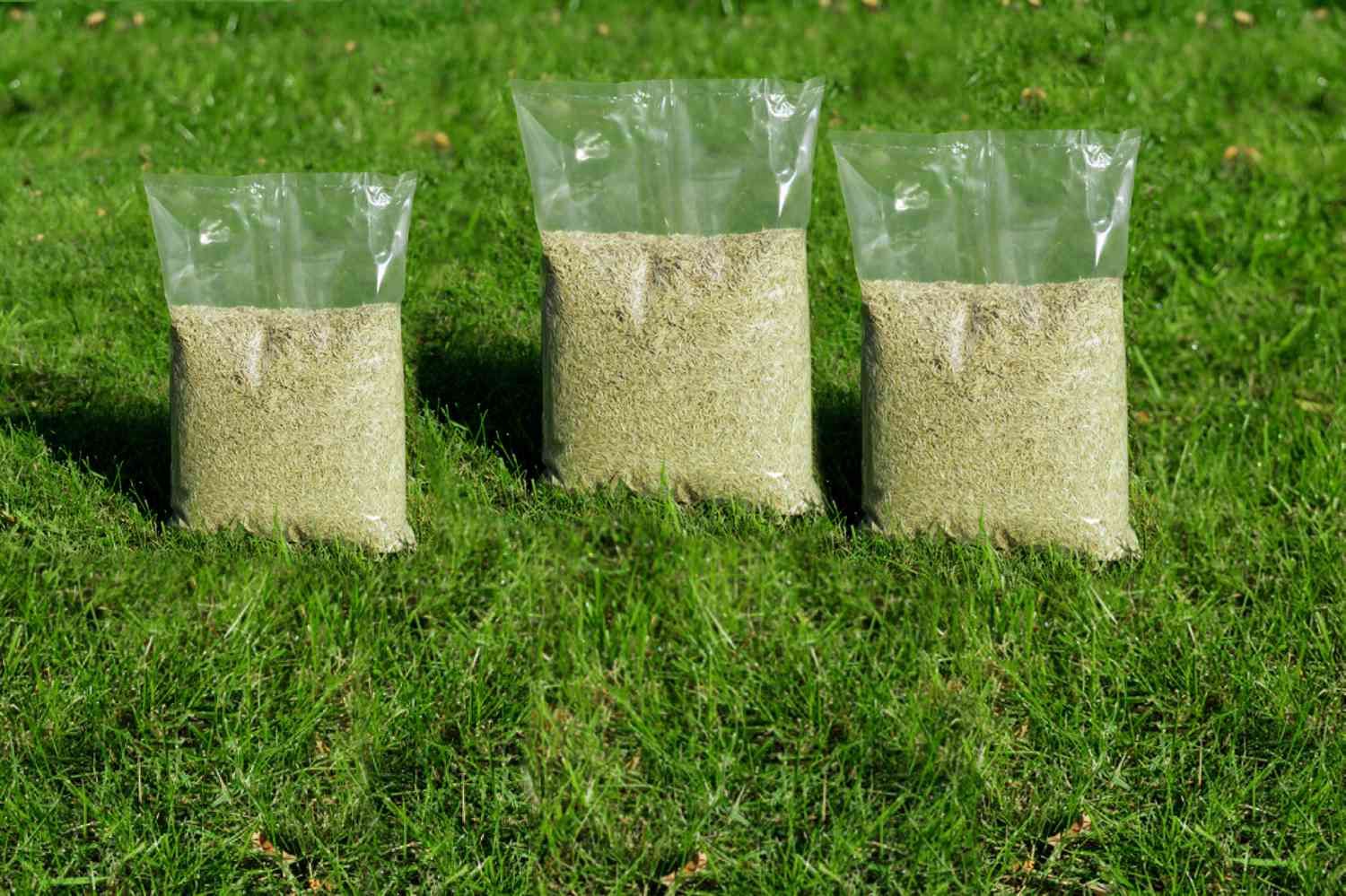

Garden Essentials
How Many Lbs Of Grass Seed Per Acre
Modified: October 18, 2024
Discover how many pounds of grass seed you need per acre for your garden. Find the right amount to achieve a beautiful and lush landscape.
(Many of the links in this article redirect to a specific reviewed product. Your purchase of these products through affiliate links helps to generate commission for Storables.com, at no extra cost. Learn more)
Introduction
Welcome to our comprehensive guide on how many pounds of grass seed per acre you should use. Whether you are a homeowner looking to revive your lawn or a professional in the landscaping industry, it is crucial to understand the proper seeding rates to achieve optimal results. With the right seeding practices, you can ensure a lush and healthy lawn that will be the envy of your neighborhood.
Seeding a lawn is not as simple as scatter and grow. Various factors need to be considered, such as grass species, soil type, climate, and intended use of the area. Calculating the appropriate amount of grass seed per acre will help you establish a thick, robust lawn that can withstand varying conditions.
Before delving into the recommended seeding rates, let’s take a closer look at the essential factors you should consider when determining how many pounds of grass seed you need per acre.
Key Takeaways:
- Choose the right amount of grass seed per acre based on factors like grass species, soil type, climate, and intended use for a healthy, vibrant lawn.
- Calculate the quantity of grass seed needed by measuring the area, converting seeding rates, and making adjustments for seed quality to ensure optimal results.
Read more: How Many Pounds Of Wheat Seed Per Acre
Factors to Consider
When deciding how many pounds of grass seed per acre to use, several key factors must be taken into account to ensure successful germination and establishment of the grass. These factors include:
- Grass Species: Different grass species have varying seed sizes and germination rates. Cool-season grasses such as Kentucky bluegrass and tall fescue require higher seeding rates compared to warm-season grasses like Bermuda grass or Zoysia grass.
- Soil Type: The soil type affects water retention and drainage. Sandy soils drain more quickly, requiring more seed to compensate for potential washouts. Clay soils retain water better, needing fewer seeds.
- Climate: Consider the climate of your region. Areas with harsh winters or hot summers may need more seed to ensure a dense, resilient lawn. Additionally, regions with high rainfall or extended dry periods might require adjustments in seeding rates.
- Intended Use: Think about how the area will be used. High-traffic areas, such as sports fields or playgrounds, may require a higher seeding rate to withstand heavy wear and tear.
- Desired Lawn Quality: Determine the level of quality you want to achieve. For a premium, lush lawn, you may want to increase the seeding rate to ensure a thick and uniform cover.
Keep in mind that these factors are interconnected, and finding the right balance is crucial. It’s best to consult with local gardening experts or turfgrass professionals to get specific recommendations tailored to your area and circumstances.
Now that we understand the key factors to consider, let’s move on to the recommended seeding rates for different grass species.
Recommended Seeding Rates
The recommended seeding rates for different grass species provide a starting point to determine how many pounds of grass seed per acre you should use. These rates are typically given in pounds per 1,000 square feet, so you will need to convert them to pounds per acre. Here are some general guidelines:
- Kentucky Bluegrass: Kentucky bluegrass is a popular cool-season grass known for its dense, lush appearance. It is generally recommended to use 2 to 3 pounds of Kentucky bluegrass seed per 1,000 square feet. For an acre (43,560 square feet), you would need around 87 to 131 pounds of seed.
- Tall Fescue: Tall fescue is another cool-season grass that is suitable for various climates and soil types. The recommended seeding rate for tall fescue ranges from 5 to 10 pounds per 1,000 square feet. For an acre, you would need approximately 218 to 435 pounds of seed.
- Bermuda Grass: Bermuda grass is a warm-season grass commonly used in hot climates. The seeding rate for Bermuda grass is higher due to its smaller seed size. It is advisable to use around 1 to 2 pounds per 1,000 square feet, resulting in approximately 43 to 87 pounds of seed per acre.
- Zoysia Grass: Zoysia grass is known for its heat and drought tolerance, making it ideal for warm climates. The recommended seeding rate for Zoysia grass is around 1 to 2 pounds per 1,000 square feet, amounting to approximately 43 to 87 pounds of seed per acre.
These are general seeding rates, and specific recommendations may vary depending on the region, soil conditions, and other factors impacting grass growth. It’s always a good idea to consult with local experts or refer to seed packaging for more precise instructions.
Now that we have an idea of the recommended seeding rates, let’s move on to calculating the quantity of seed needed for your project.
Calculating Seed Quantity
To calculate the quantity of grass seed needed for your project, you will need to determine the area in acres and convert the recommended seeding rate from pounds per 1,000 square feet to pounds per acre. Here’s how you can do it:
- Measure the Area: Determine the area in acres that you plan to seed. You can do this by measuring the length and width of the area and multiplying them together. For example, if the area is 100 feet by 100 feet, the total area is 10,000 square feet, which is approximately 0.23 acres (since there are 43,560 square feet in an acre).
- Convert Seeding Rate: Take the recommended seeding rate per 1,000 square feet for your chosen grass species and multiply it by the number of units in an acre (43.56). This will give you the recommended seeding rate per acre. For example, if the recommended seeding rate per 1,000 square feet is 3 pounds for Kentucky bluegrass, multiply it by 43.56 to get the recommended seeding rate of approximately 130 pounds per acre.
- Calculate Seed Quantity: Finally, multiply the recommended seeding rate per acre by the number of acres you have. Using the previous example, if you have 0.23 acres and the recommended seeding rate is 130 pounds per acre, you would need approximately 29.9 pounds of Kentucky bluegrass seed.
It’s important to note that these calculations provide general guidelines, and it’s always a good idea to round up to ensure adequate seed coverage. Additionally, factors such as seed quality, germination rate, and desired lawn quality should also be considered. Adjustments may be necessary based on these factors, which we’ll cover in the next section.
Now that you know how to calculate the seed quantity, let’s discuss adjustments you may need to make for seed quality and the use of seed mixtures.
For overseeding, use 8-10 lbs of grass seed per acre. For new lawn, use 15-20 lbs per acre. Adjust based on specific grass type and soil conditions.
Adjustments for Seed Quality
When calculating the quantity of grass seed needed for your project, it’s essential to consider the quality of the seed you’re using. The quality of seed can vary based on factors such as purity, germination rate, and weed content. Here are some adjustments to make when accounting for seed quality:
- Purity: Seed purity refers to the percentage of the seed that is of the desired species. If the seed has a low purity rate, you may need to increase the seeding rate to compensate for the lower germination potential.
- Germination Rate: Germination rate is the percentage of seeds that will successfully sprout and establish as healthy plants. If the germination rate is low, you should adjust the seeding rate accordingly, increasing the amount of seed to ensure a sufficient number of viable plants.
- Weed Content: Some seed may contain weed seeds, which can compete with the desired grass and hinder its growth. If the seed has a high weed content, you may need to increase the seeding rate to ensure sufficient coverage of desirable grass and suppress weed competition.
It’s important to read the seed label or consult with a trusted supplier to understand the quality of the seed you’re using and make the necessary adjustments. Keep in mind that higher-quality seed may require lower seeding rates, as the seed is more likely to produce healthy, vigorous plants.
In addition to seed quality, you may also consider using seed mixtures to enhance the characteristics of your lawn. Seed mixtures combine different grass species or varieties to achieve specific benefits such as improved drought tolerance, disease resistance, or color variation. When using seed mixtures, each component grass species should be seeded at the recommended rate based on their individual requirements.
Now that you understand the adjustments for seed quality and the use of seed mixtures, let’s explore different sowing methods to help you establish your grass seed effectively.
Read more: How Many Lbs Of Grass Seed Per Sq. Ft.
Using Seed Mixtures
Seed mixtures can be a great way to enhance the characteristics of your lawn and achieve specific goals. Whether you want to improve drought resistance, increase disease tolerance, or create an aesthetically pleasing color variation, seed mixtures offer flexibility and versatility. Here are some key things to consider when using seed mixtures:
- Choosing the Right Mixture: Select a seed mixture that aligns with your goals and the environmental conditions of your area. Consider factors such as climate, soil type, and intended use of the lawn (e.g., heavy foot traffic or shade tolerance).
- Seeding Rates for Mixture: Each grass species or variety in the mixture will have its recommended seeding rate. Ensure you follow the guidelines for each component to achieve proper coverage and balanced growth.
- Even Distribution: When sowing a seed mixture, it’s crucial to ensure an even distribution of the different seed types to avoid patchiness and provide a uniform appearance. Consider using a seed spreader or other appropriate equipment to achieve consistent coverage.
- Maintenance: Keep in mind that different grass species or varieties may require varying levels of maintenance. Understand the specific care instructions for each component in the seed mixture, such as watering, mowing height, and fertilization, to promote healthy growth.
Seed mixtures can offer a range of benefits, including increased biodiversity, improved resilience, and enhanced visual appeal. By choosing the right mixture and following proper seeding rates and maintenance practices, you can achieve a lawn that meets your specific needs and preferences.
Now that we have covered the use of seed mixtures, let’s move on to different sowing methods you can employ to establish your grass seed effectively.
Sowing Methods
When it comes to sowing grass seed, there are several methods you can choose from depending on your preferences, the scale of the project, and the available resources. Here are some common sowing methods to consider:
- Hand Broadcasting: This method involves manually scattering the grass seed by hand. It is suitable for small areas or patchy spots that require precise seed placement. Ensure even distribution by walking in a diagonal pattern and overlapping each pass.
- Machine Broadcasting: Machine broadcasting utilizes a seed spreader to evenly disperse the grass seed. This method is suitable for larger areas as it provides more consistent coverage and allows for adjustable seeding rates. Calibrate the spreader according to the recommended seeding rate for your specific seed type.
- Hydroseeding: Hydroseeding is a method that involves a mixture of grass seed, water, fertilizer, and mulch being sprayed onto the soil. It provides excellent seed-to-soil contact and helps retain moisture for improved germination. This method is commonly used for large-scale projects but can also be used for smaller areas.
- Aerial Seeding: Aerial seeding involves the use of an aircraft to disperse grass seed using specialized equipment. This method is typically used for large areas or areas that are difficult to access. It is efficient and allows for quick coverage but may require professional assistance.
Regardless of the sowing method you choose, it’s important to ensure proper soil preparation before seeding. This includes removing debris, loosening the soil, and addressing any soil pH or nutrient imbalances as necessary. Follow the recommended seeding rates and sowing guidelines provided by the seed manufacturer for the best results.
After sowing, it’s crucial to provide adequate moisture for germination and proper establishment of the grass. Water the seeded area regularly, keeping the soil consistently damp but not waterlogged. Follow up with appropriate maintenance practices, such as regular mowing, fertilization, and weed control, to encourage healthy growth.
Now that you are familiar with different sowing methods, let’s conclude our guide.
Conclusion
Seeding a lawn requires careful consideration of various factors to ensure successful results. By understanding the recommended seeding rates, calculating the seed quantity, making adjustments for seed quality, using seed mixtures, and employing the right sowing methods, you can establish a vibrant and healthy lawn.
When determining how many pounds of grass seed per acre to use, factors such as grass species, soil type, climate, intended use, and desired lawn quality must be taken into account. Consult with local experts or refer to seed packaging for specific recommendations tailored to your region.
Calculating the seed quantity involves measuring the area, converting the recommended seeding rates, and multiplying it by the number of acres. Adjustments for seed quality, including purity, germination rate, and weed content, may be necessary to achieve optimal results. Additionally, seed mixtures allow for customization and can enhance specific lawn characteristics.
The sowing method you choose, whether it’s hand broadcasting, machine broadcasting, hydroseeding, or aerial seeding, should align with the scale of your project and available resources. Remember to properly prepare the soil, provide adequate moisture, and follow up with appropriate maintenance practices to promote healthy growth and establishment.
By considering these factors, following recommended guidelines, and giving proper care to your seeded lawn, you can achieve the lush, resilient, and beautiful lawn you desire. Enjoy the process and the results of your hard work!
Frequently Asked Questions about How Many Lbs Of Grass Seed Per Acre
Was this page helpful?
At Storables.com, we guarantee accurate and reliable information. Our content, validated by Expert Board Contributors, is crafted following stringent Editorial Policies. We're committed to providing you with well-researched, expert-backed insights for all your informational needs.
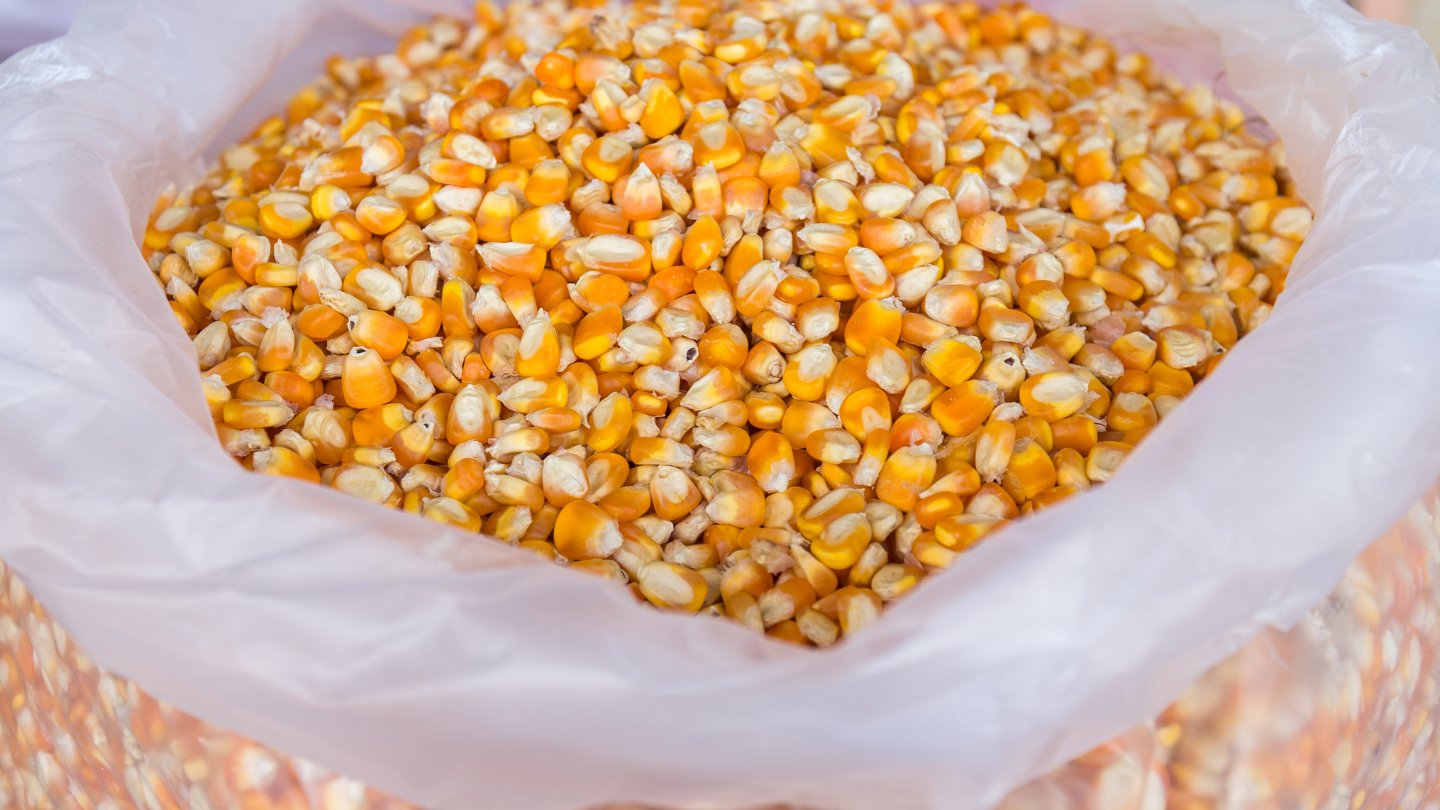
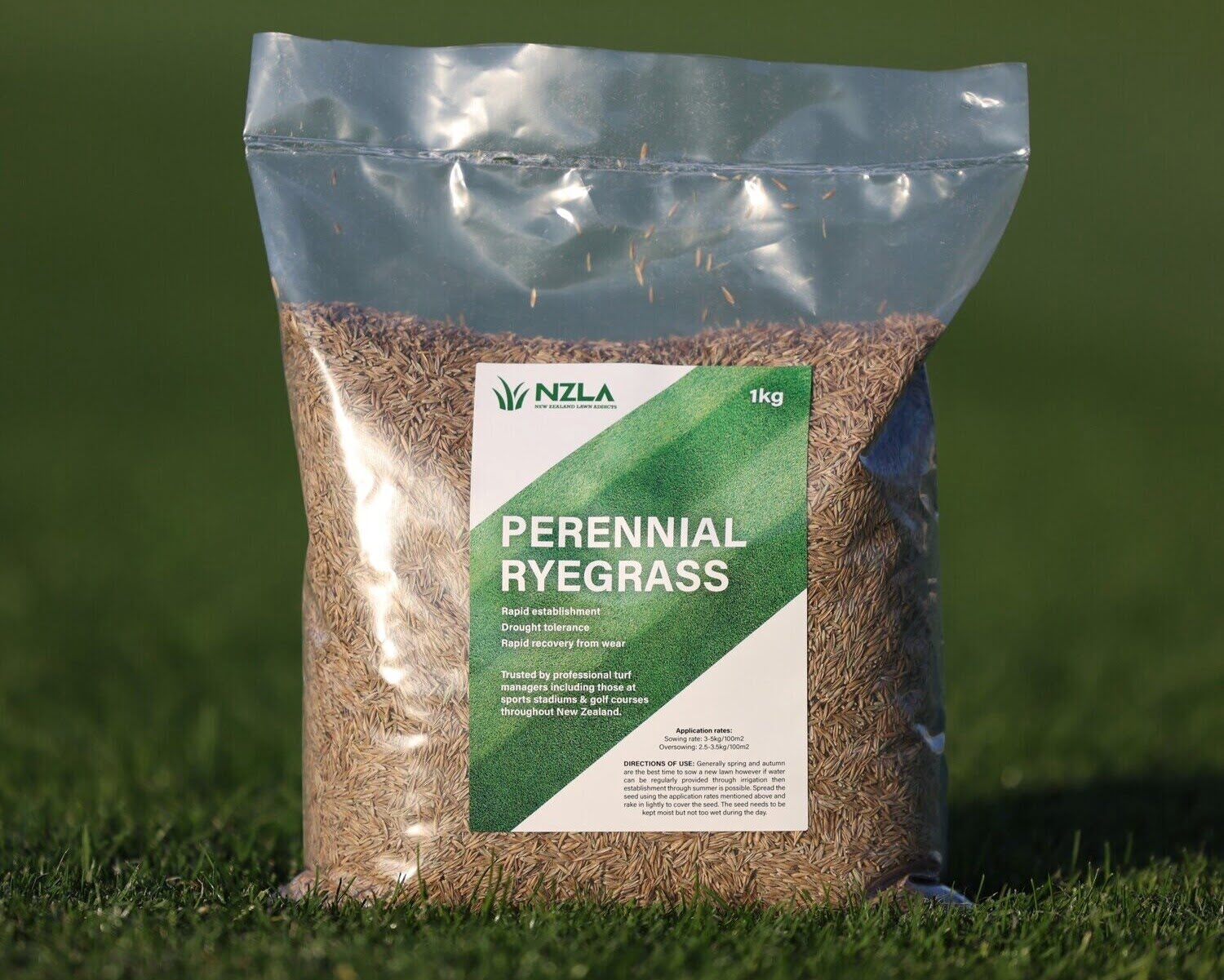
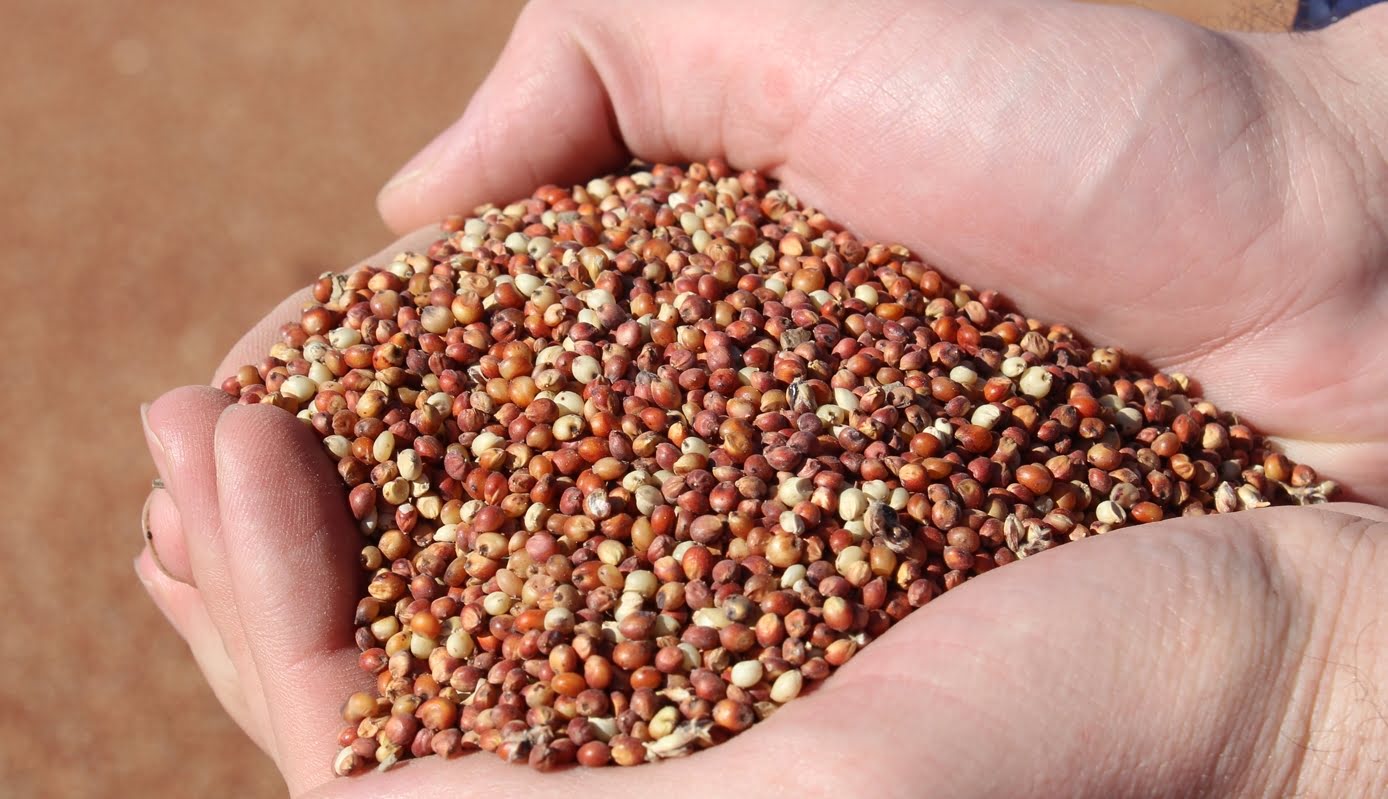
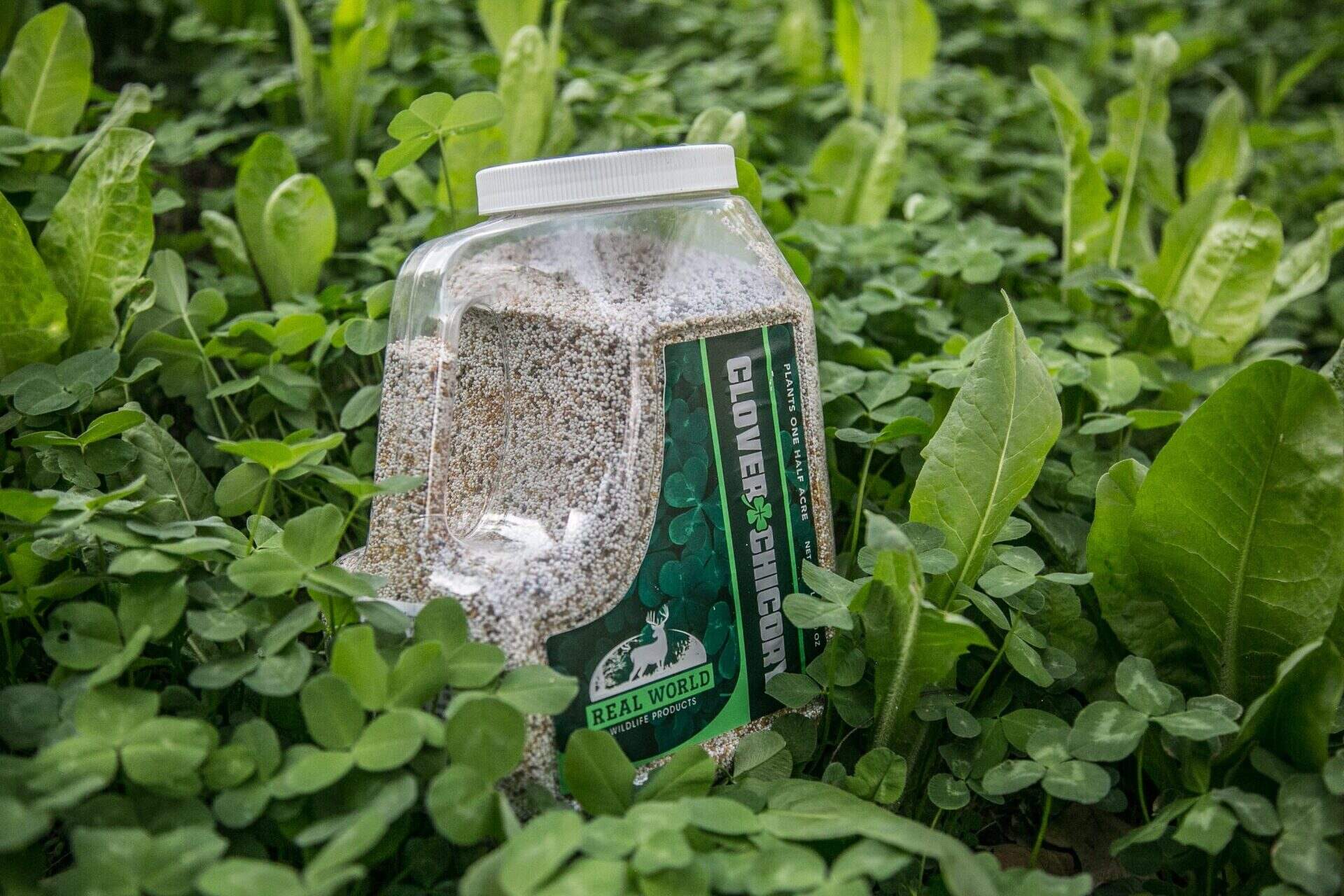
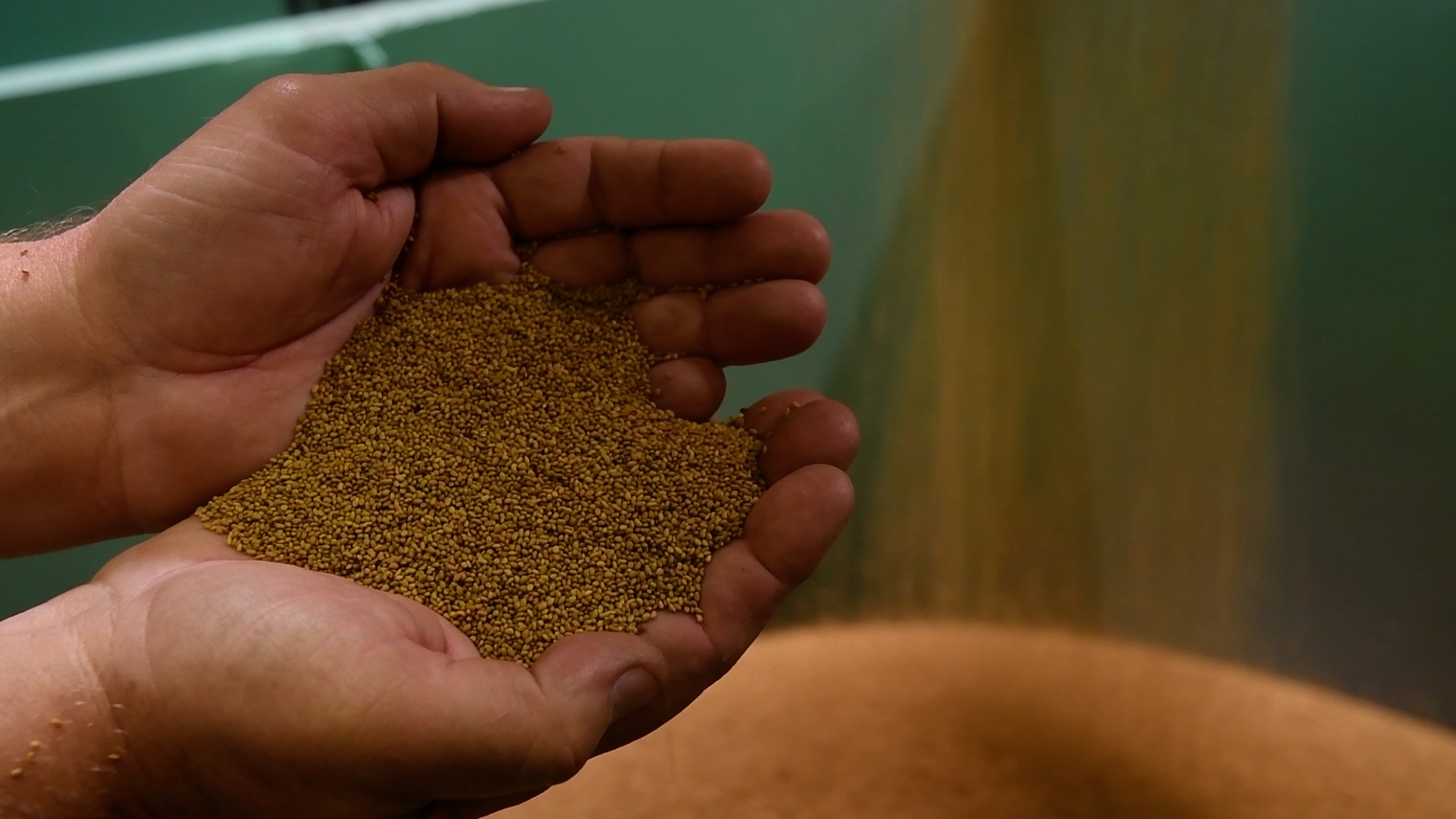

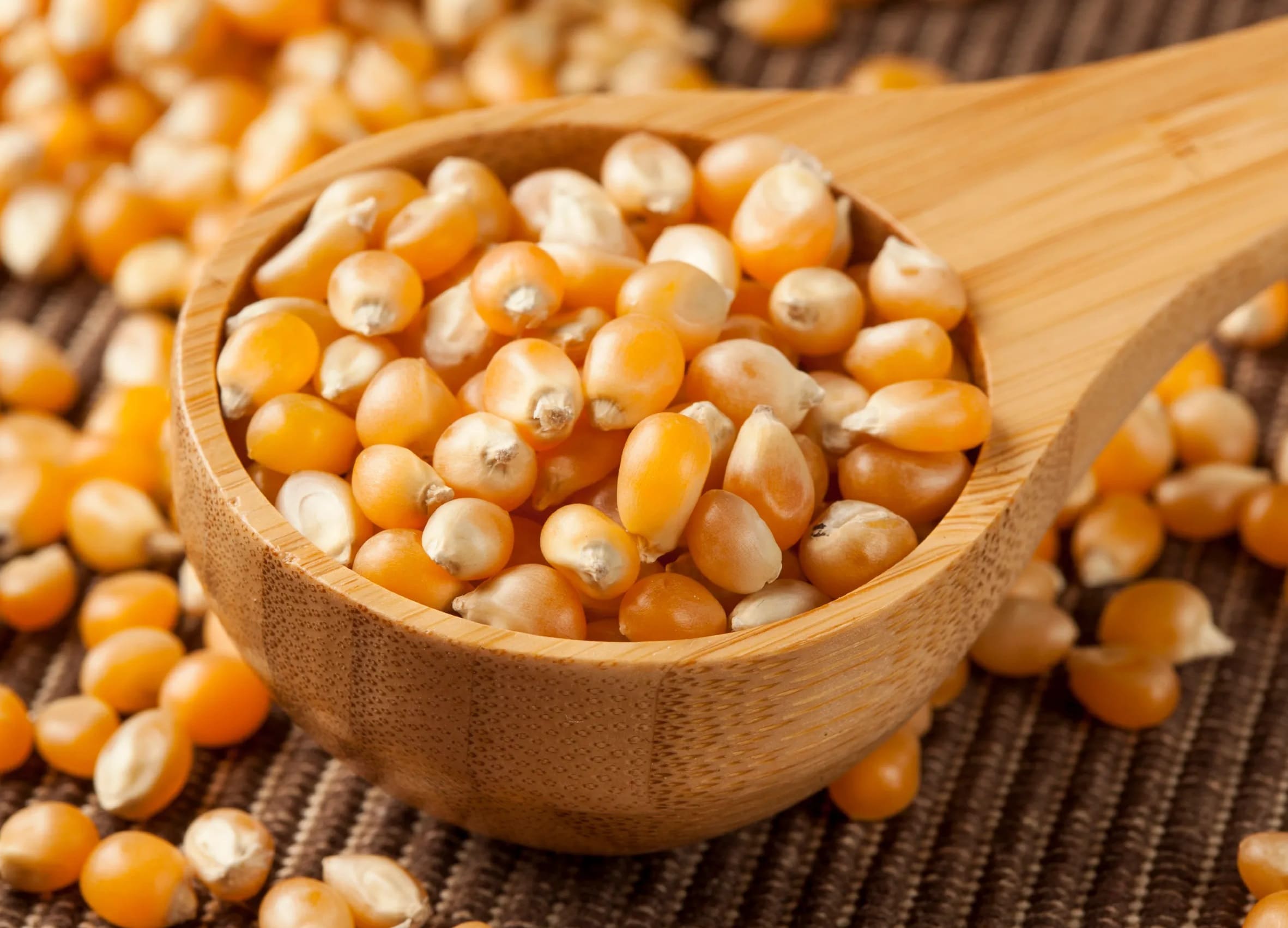


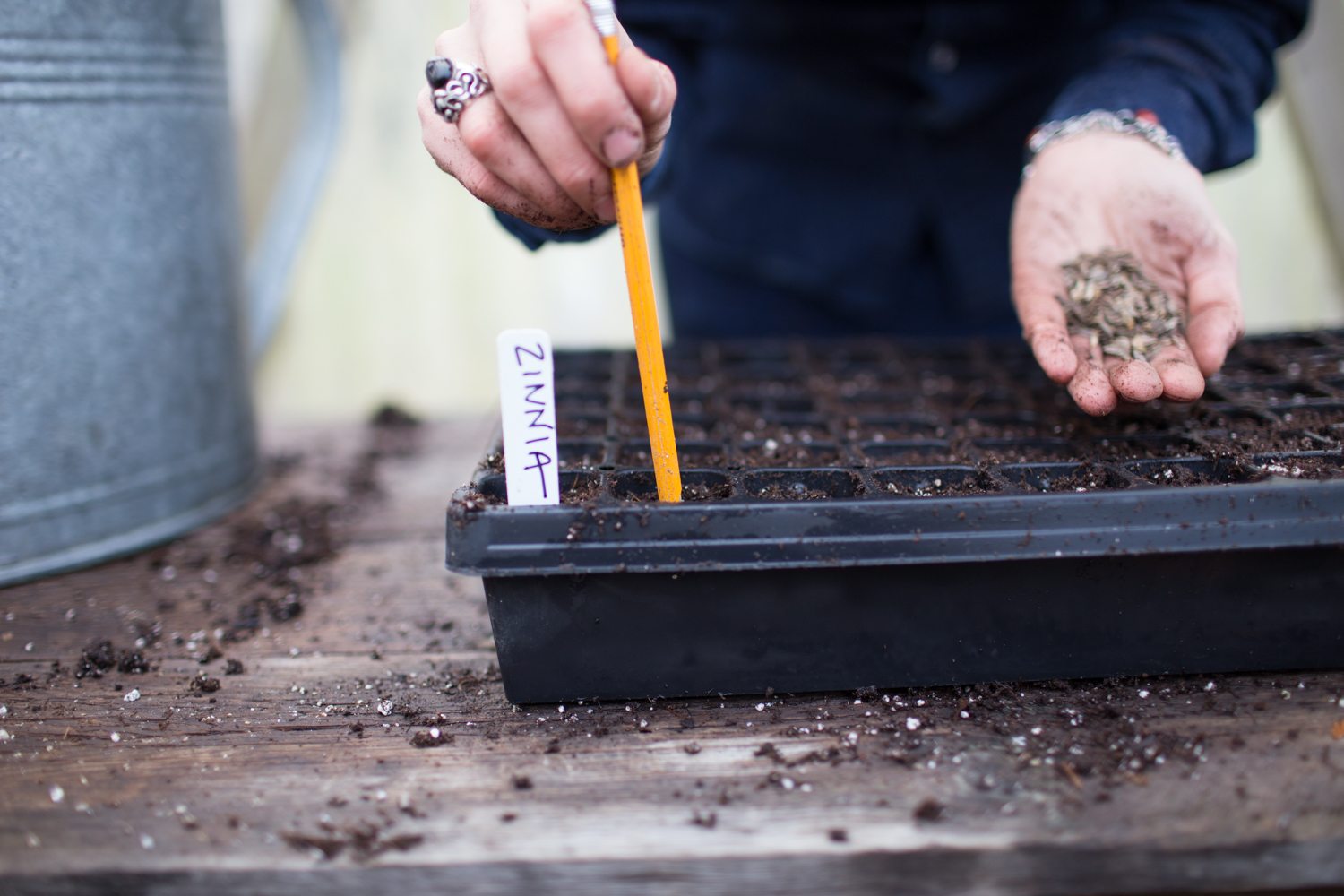



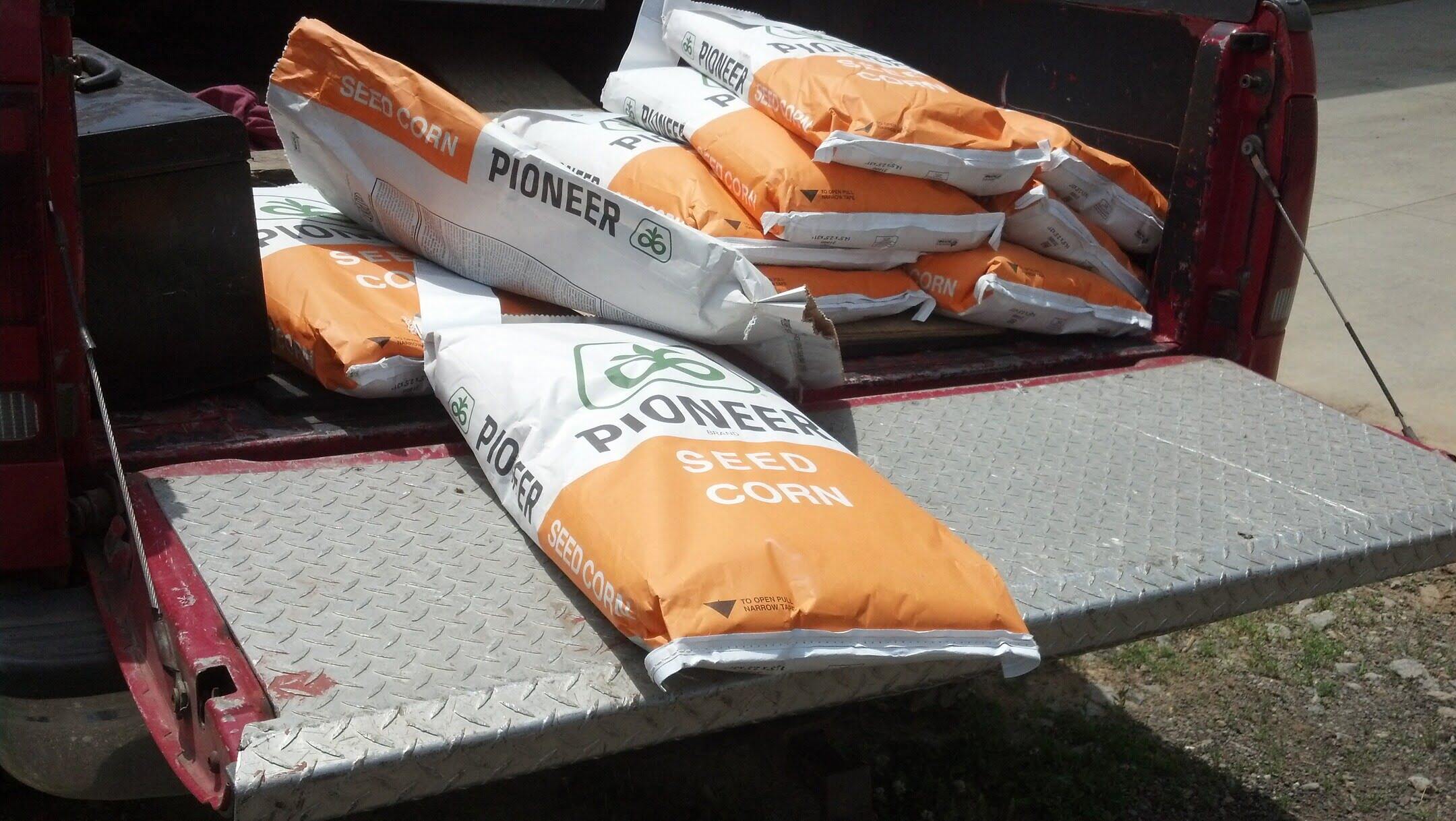

0 thoughts on “How Many Lbs Of Grass Seed Per Acre”